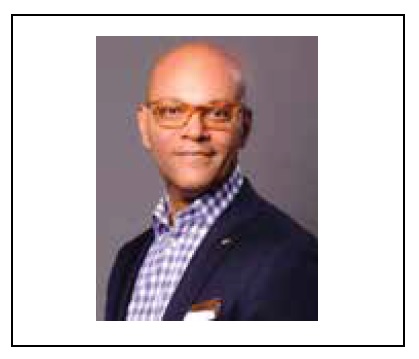
By Derek Barnes–
Last month, I began describing ways we could all demand more philanthropic leadership from the wealthiest individuals and corporations by adopting “the 5% challenge”—donating, annually, at least 5% of individual wealth and corporate gross profits to philanthropic causes. This challenge positions titans of industry, corporate philanthropy, and mega-donors to be vital equalizers to rampant forms of capitalism. Let’s explore more evidence of funding gaps in critical areas and other ways to inspire individual altruism and good corporate citizenship, as well as holding people and companies accountable to commitments that advance our communities.
If industry and corporate-friendly tax structures contribute to our degrading societal conditions and widening the socio-economic gap, what greater responsibility do large companies and the wealthiest among us have to do more, and why should they? It’s good that mega-philanthropy is on the rise. However, it hasn’t neutralized an imbalance in our tax structure. It doesn’t offset the decline in individual giving we’ve seen over the last decade and can’t address a more equitable distribution of funding to a broader portfolio of community need.
There’s also a growing trend of corporations, billionaires, and multi-millionaires who are rushing to set up their own foundations and charities to engage their specific philanthropic interests. But like most things in life, it’s critical to follow the money to understand what’s behind the curtain that is truly driving the motivation for specific types of giving.
Without transparency and accountability, bias in philanthropy and charitable giving can also creep in. Bias can advance exclusionary practices, may create unintended consequences, and even drive perverse incentives or outcomes. Where a person or company directs philanthropic resources really depends on areas of charitable interest, brand influence, reputational threats, and overall core values.
Even with mega-philanthropy on the rise, there is still dire need that mostly goes unmet in many communities. One reason is that the distribution of large donations is directed by smaller, more powerful, and well-resourced entities who will narrowly focus or restrict their overall giving. The result is that many organizations won’t be included in the distribution of donations or grants. They will need to find other sources of funding or cease to operate. This is adding to an already stressful scenario with the current pandemic and economic challenges. Alternatively, and if properly guided, the mega-philanthropist can direct massive amounts of funding to a focused set of causes and help drive enormous impact and superior outcomes—life-altering for many people and communities.
Let’s dig into a few other facts.
Over $4B is awarded annually by community foundations, but only $5M is distributed to fund LGBTQ+ issues. 25 community foundations have consistently underfunded Black-Brown communities, according to a recent study by the National Committee for Responsive Philanthropy (NCRP). About 1% of all grantmaking goes to these communities where the representative population can be as high as 15% or more. These disparities throttle service innovation and can severely restrict nonprofit organizations that deliver critical life-saving and transformative services, especially in times of great need.
Even if the NCRP stats under-report, it’s safe to say that more can be done to close these gaps, raise more money, and more effectively distribute funding where there is the greatest need. Additionally, nothing has exposed these gaps more than COVID and the lingering social inequity that fuels current protests.
It’s also important to evaluate an individual and organization’s diversity and inclusion track record, and to analyze several areas that may influence how funds are directed. Then, challenge leadership to make changes by demanding the following:
Getting this data is necessary for transparency and accountability. It should be a challenge to anyone engaged in mega-philanthropy. It’s a huge hurdle, and many people aren’t exactly eager to “to pull back the curtain” because the data paints a pretty grim picture. However, pushing philanthropist to focus on these challenges ensures success in more fairly distributing resources where the need is greatest, and underinvestment has historically occurred.
By the time this column is published, 2020 voting will have ended, and we will undoubtedly test the durability of this democracy and our humanity. The next president’s administration will have their hands full, and our government can’t solve all these problems alone. We’ll need to address all the demands of an anemic economy, a pandemic that is still raging, and the deteriorating economic conditions for millions of people in this country. Like never before, there will be a call to action by everyone to create needed stability for so many fellow citizens—whether their votes were aligned with our individual values or not. We activate our humanity in times of crisis, and philanthropic leadership, at all levels, can help us weather this impending storm.
Derek Barnes is CEO of East Bay Rental Housing Association
(www.EBRHA.com ) and a Co-Founder at g-dii Enterprises
( https://www.g-dii.com/ ). He currently serves on the boards of Horizons Foundation and Homebridge CA. Follow him on Twitter @DerekBarnesSF or on Instagram at DerekBarnes.SF
Published on November 5, 2020





Recent Comments